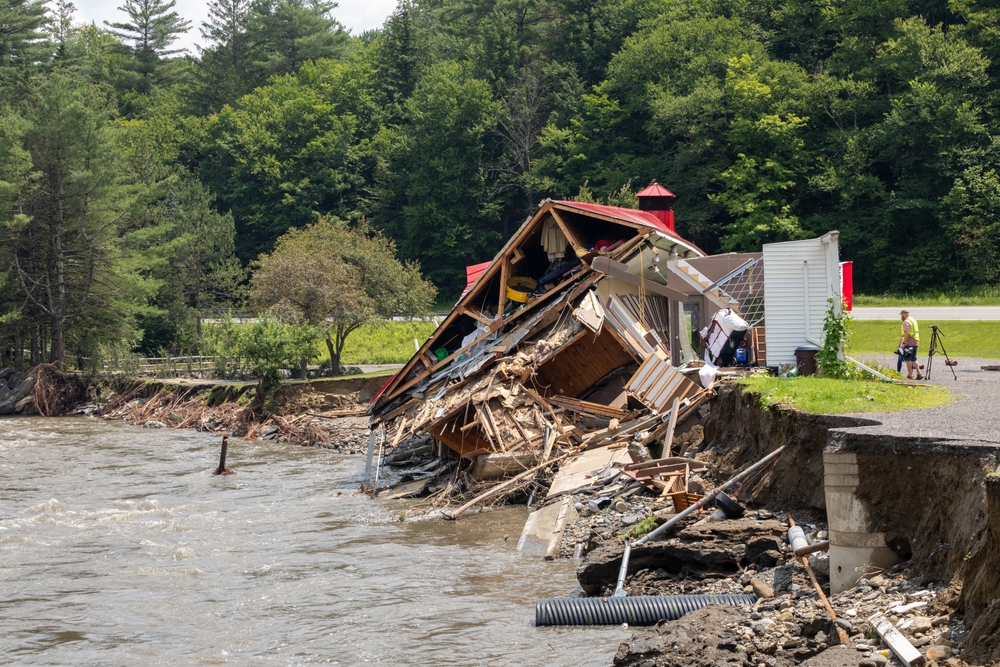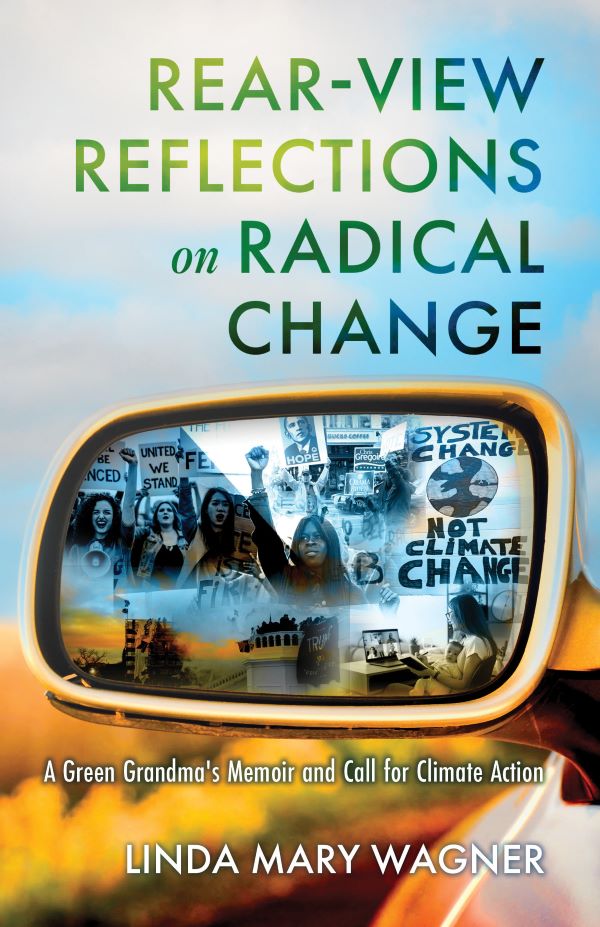Exxon CEO Darren Woods is focused on generating, as he stated in a recent interview, “above average returns for our shareholders.” But millions of people are worried that fossil fuel companies generate greenhouse gases and climate change. Many of those are researching and building solutions instead of adding to the problem.
While visiting family recently in Statesboro, Georgia, we took a pleasant stroll through a botanic garden being developed by Georgia Southern University. A few days later, I learned that such gardens offer far more than the soothing experience of seeing and smelling lush green growth and flowers in bloom. As The Guardian points out in a recent article, Botanical gardens are a ‘most effective’ green space at cooling streets in heatwaves.
A study in the UK, led by Prof. Prashant Kumar of the Global Centre for Clean Air Research (GCCAR), compared the cooling impact of a variety of urban green spaces. The article notes, “This particular research found that sites such as the Chelsea Physic Garden and Royal Botanic Gardens at Kew in London, or the Gardens by the Bay in Singapore, reduced air temperatures during heatwaves in the city streets around them by an average 5C. Urban parks and wetlands have a similar effect, and even green walls, street trees and playgrounds were found to significantly mitigate temperatures.”
The research offers a guide for urban planning for the climate crisis. As the article states, “Local factors played an important role, but generally the review found that the bigger the park, the bigger the cooling effect – at least up to a point. It also found that cities can unlock more benefits by linking green spaces together into ‘green corridors’.”
Kumar said. “By implementing just some of the measures we describe, cities can become more resilient, and their citizens can be healthier and happier too.”
Both Hybrids & EVs Are Among Top “Green” Vehicles
The ‘greenest’ car in America might surprise you, is a recent headline in The Washington Post. The article explains, “a new report from the American Council for an Energy Efficient Economy suggests that the “greenest” car in America may not be fully electric. The nonprofit group, which has rated the pollution from vehicles for decades, says the winning car this year is the Toyota Prius Prime SE, “a plug-in hybrid that can go 44 miles on electricity before switching to hybrid.”
The report gives each car a “green score” ranging from 0 to 100. The Toyota Prius Prime SE received a 71; some EVs scored in the high 60s. Prices of the top 10 ranged from $26,250 for a gas hybrid Hyundai Elantra Blue to $55k+ for the #2 pick, an electric vehicle, Lexus RZ 300e.
“The analysis shows that simply running on electricity is not enough to guarantee that a car is “green” — its weight, battery size and overall efficiency matter, too.” Other factors include: “carbon dioxide emissions of the vehicle while it’s on the road and the emissions of manufacturing the car and battery,” and impacts of “nitrogen oxides, carbon monoxide and particulate matter — all of which can harm human health.”
People like me, in the market for an efficient, reliable, low carbon vehicle, hope the industry will keep making progress toward an affordable car that scores 100 on the green scale. Let’s also advocate for greater investment in mass transit infrastructure. The U.S. is woefully behind many other nations in safe, clean, high-speed train travel.
A College Goes Geothermal
Swarthmore College in Pennsylvania is replacing old, basement-level pipes that deliver steam heat fueled by the fossil fuel, natural gas. Newly installed pipes will tap geothermal energy in a heat exchange system, sending cool water in warm months and heated water in cold months across the campus.
A recent article from Inside Climate News explains how it works: “The geoexchange system works by storing heat in the earth during the summer and extracting it in the winter. In phase one of the 12-year project, 350 800-foot deep, 6-inch wide wells, drilled into one of the school’s expansive lawns over the last year, will store the heat. Swarthmore’s system will be powered by off-site renewable energy, and they expect to begin connecting buildings later this year.”
Freeing school buses from fossil fuels

The Associated Press (AP) reports that fewer than one percent of the nearly 500,000 school buses in the USA are electric powered. The technology has existed for years to replace polluting diesel-fueled buses, as evidenced by several electric school buses that began running in California 10 years ago.
AP gives its status update in Concerned parents are beginning to see progress on their push for healthier electric school buses. The article shares the reasons for parents’ health concerns: “…nearly all the buses that take many of the nation’s children to school still run on a fuel that sends contaminants into the air and is carcinogenic.”
The good news is that the number of electric-powered school buses in the USA has tripled within the past two years, according to the World Resources Institute’s Electric School Bus Initiative. Grants from the Biden administration’s bipartisan infrastructure law are helping to fund the shift. “The number of states with electric bus legislation or goals also grew, from two to 14 between 2020 and last year,” AP reports.
The supply of chargers for electric school buses is one obstacle to overcome. In addition to federal funding and state incentives, some advocates are tapping sources such as the Volkswagen emissions settlement to help with funding this transition.
More climate crisis solutions can be found in these and other past blog posts:
- Climate Ventures – Obstacles, Challenges, Hopes For The Future
- Victories for Climate Action
- Ventures with Promise for Climate Action
Enjoying this blog? You’ll want to read Kirkus Reviews’ opinion of Linda Mary Wagner’s new book, Rear-View Reflections on Radical Change: A Green Grandma’s Memoir and Call for Climate Action. The eBook version will be available by Earth Day, April 22, 2024! Sign up here for book news updates!










